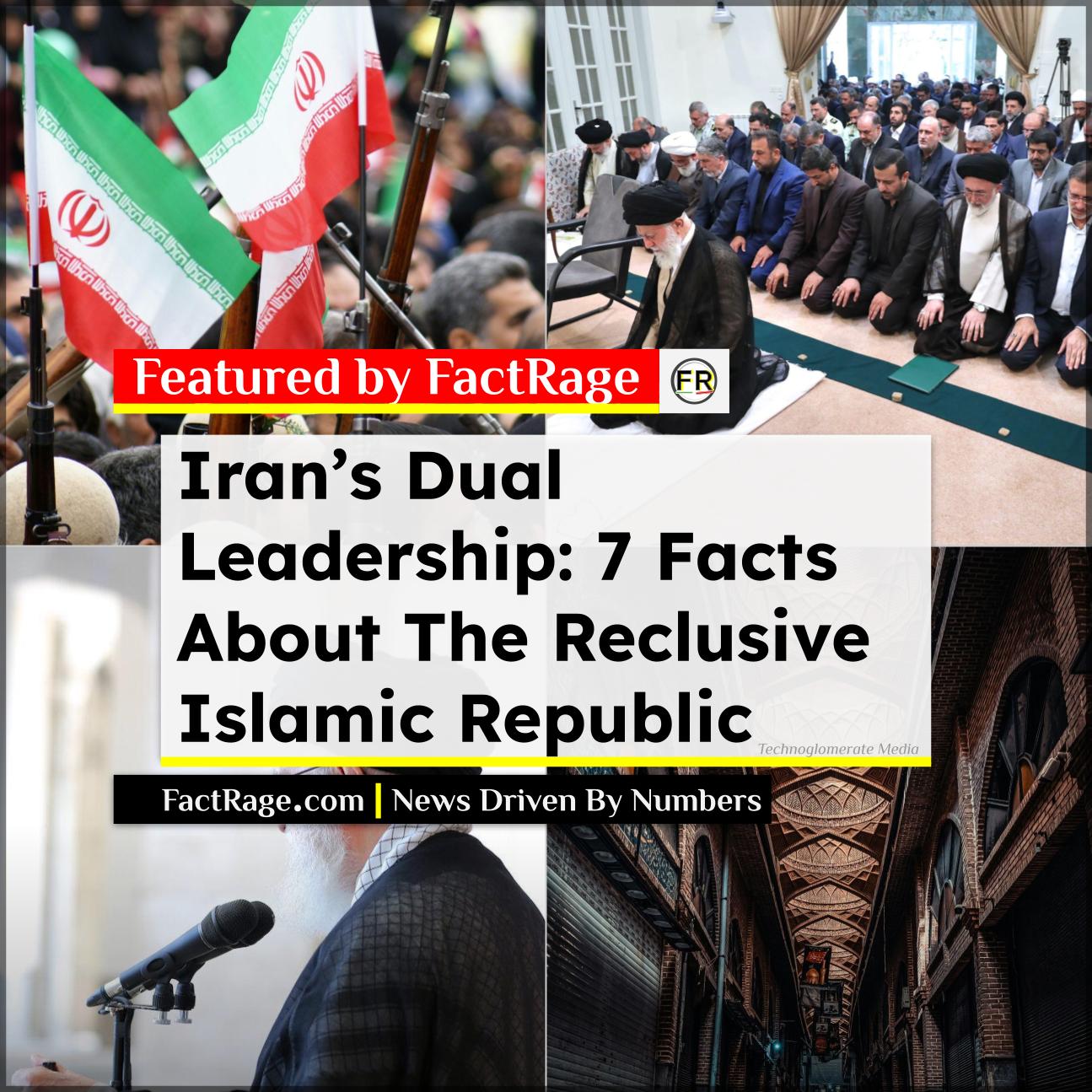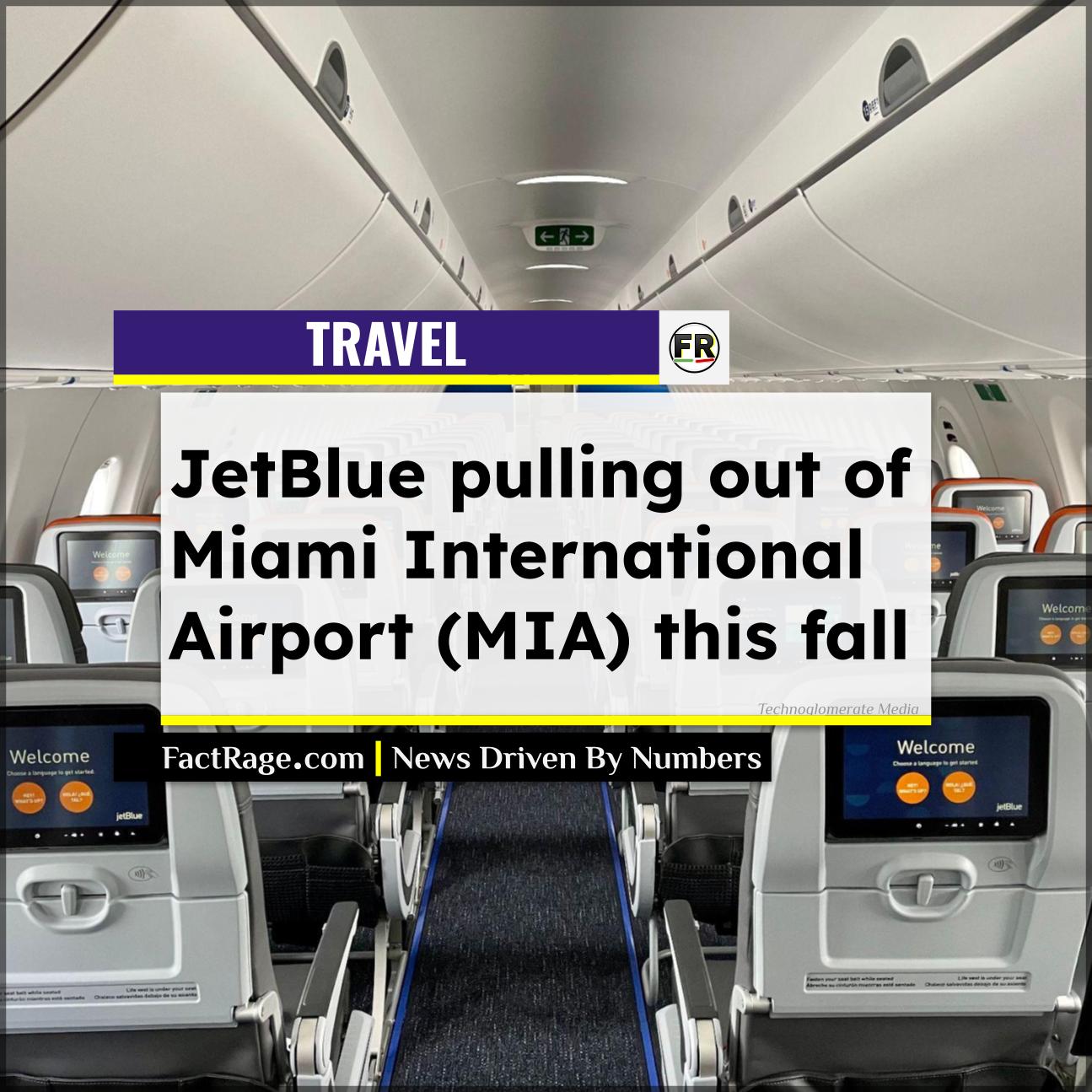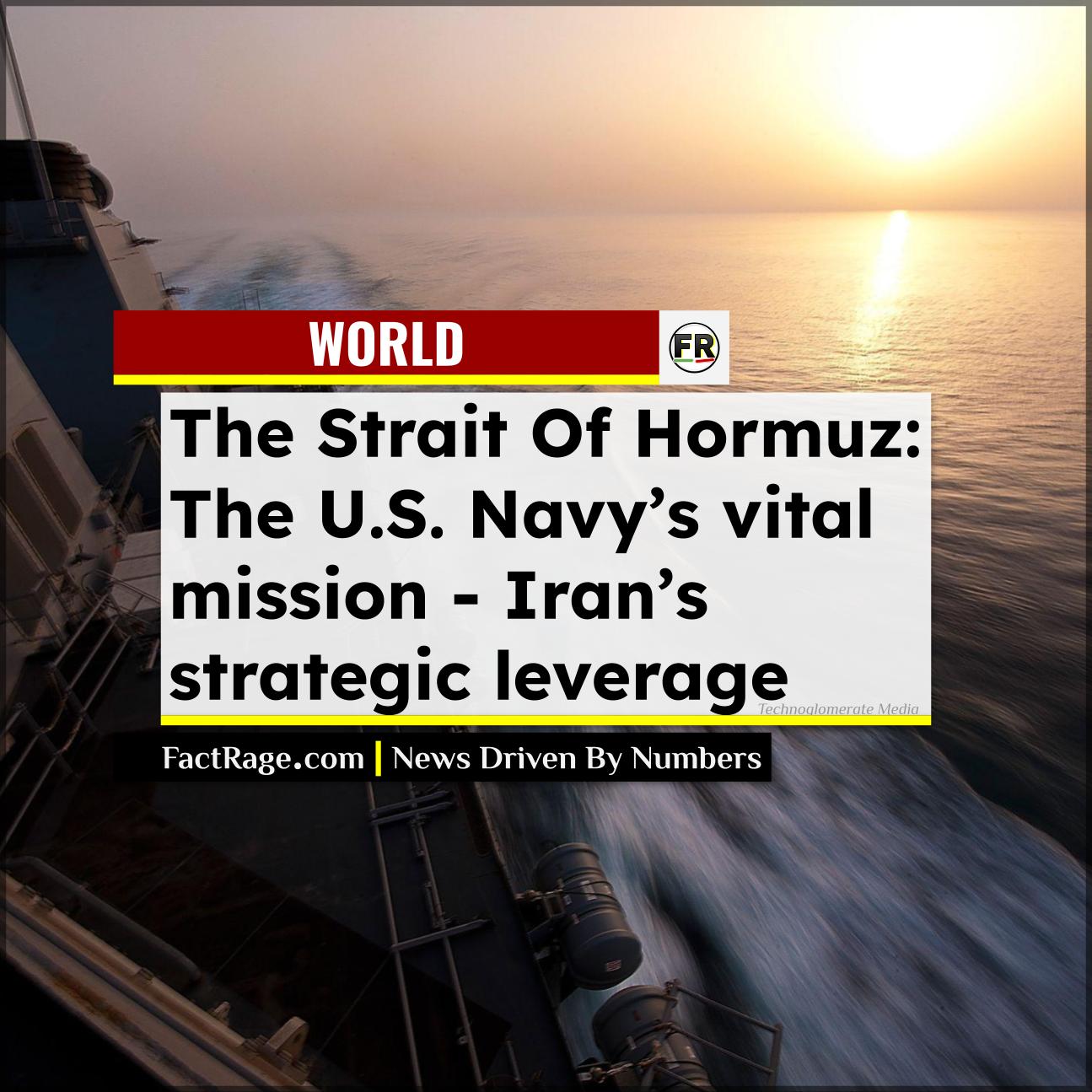WASHINGTON, DC – Recent discussion surrounding Iran’s Fordow nuclear facility has brought highly specialized military technology, specifically the GBU-57 Massive Ordnance Penetrator (MOP) and the B-2 Spirit bomber, into the public spotlight.
- Physics of Penetration – The GBU-57 “bunker buster” relies on its immense weight (nearly 30,000 pounds) and gravity-induced velocity, not just its explosive power, to burrow through dozens of feet of rock and concrete.
- Stealth Delivery – The B-2 Spirit bomber, manufactured by Northrop Grumman, is the only aircraft capable of deploying the GBU-57. Its “flying wing” design and radar-absorbent materials make it nearly invisible to enemy air defenses.
- Hardened Targets – The Fordow facility in Iran is an example of a deeply buried and fortified structure, estimated to be between 80 and 90 meters underground, designed specifically to withstand conventional aerial attacks.
This technology represents a focused effort to overcome some of the most challenging defensive engineering in the world. But how, exactly, do a 15-ton bomb and a uniquely shaped aircraft work together to threaten a target buried deep inside a mountain?
How to Break a Bunker
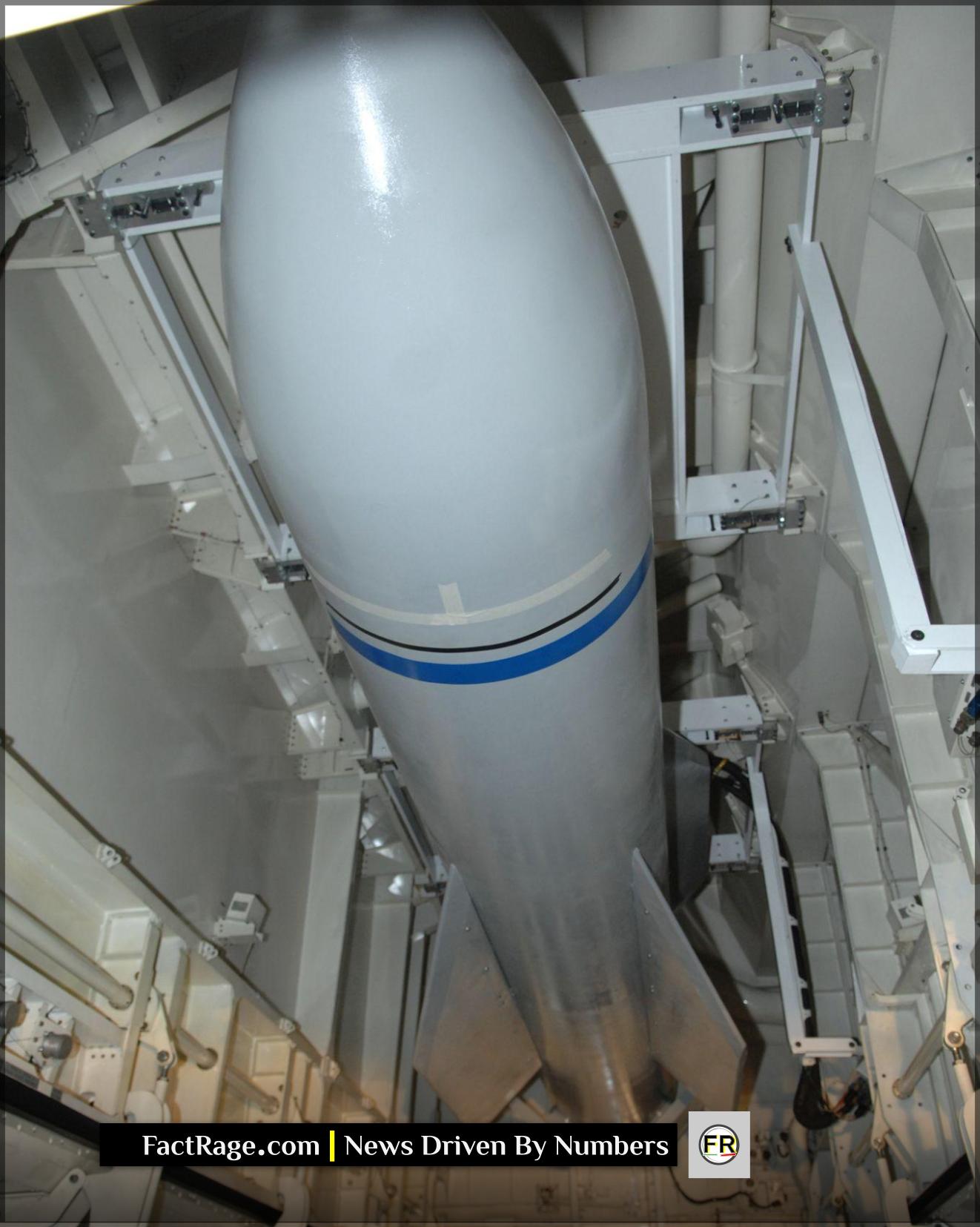
The GBU-57 Massive Ordnance Penetrator, built by Boeing, is the largest non-nuclear bomb in the U.S. arsenal. Its primary function isn’t just to explode, but to survive a high-speed impact and travel deep underground first.
The physics are straightforward: kinetic energy. Dropped from a high altitude, the nearly 30,000-pound weapon accelerates to tremendous speeds. The bomb’s immense mass, concentrated on the point of its narrow, 20.5-foot-long body, allows it to function like a massive dart. A casing made of a high-performance steel alloy protects the internal components and prevents the bomb from shattering on impact.
Only after it has penetrated its target does the warhead—containing over 5,300 pounds of explosives—detonate. A smart fuze system is designed to trigger the explosion at a specific depth to maximize damage to a subterranean facility. Reports on its exact capability vary, but the MOP is designed to penetrate up to 200 feet of earth or dozens of feet of reinforced concrete.
Why the B-2 is the Only Delivery Option
A weapon as large and specialized as the GBU-57 requires an equally specialized aircraft. The B-2 Spirit is the only plane in the U.S. inventory certified to carry and deploy it, typically carrying one or two at a time.
The B-2’s iconic “flying wing” shape is a core component of its stealth capability. This design, combined with radar-absorbent composite materials and special coatings, drastically reduces its radar cross-section to that of a small bird, making it incredibly difficult for enemy air defense systems to detect, track, and engage.
This low-observability allows the B-2 to fly into heavily defended airspace, a necessary requirement for targeting a high-value site like Fordow. Its unrefueled range of approximately 6,000 nautical miles, which can be extended indefinitely with aerial refueling, gives it global reach from its main operating base in Missouri.
The Challenge of a Target Like Fordow
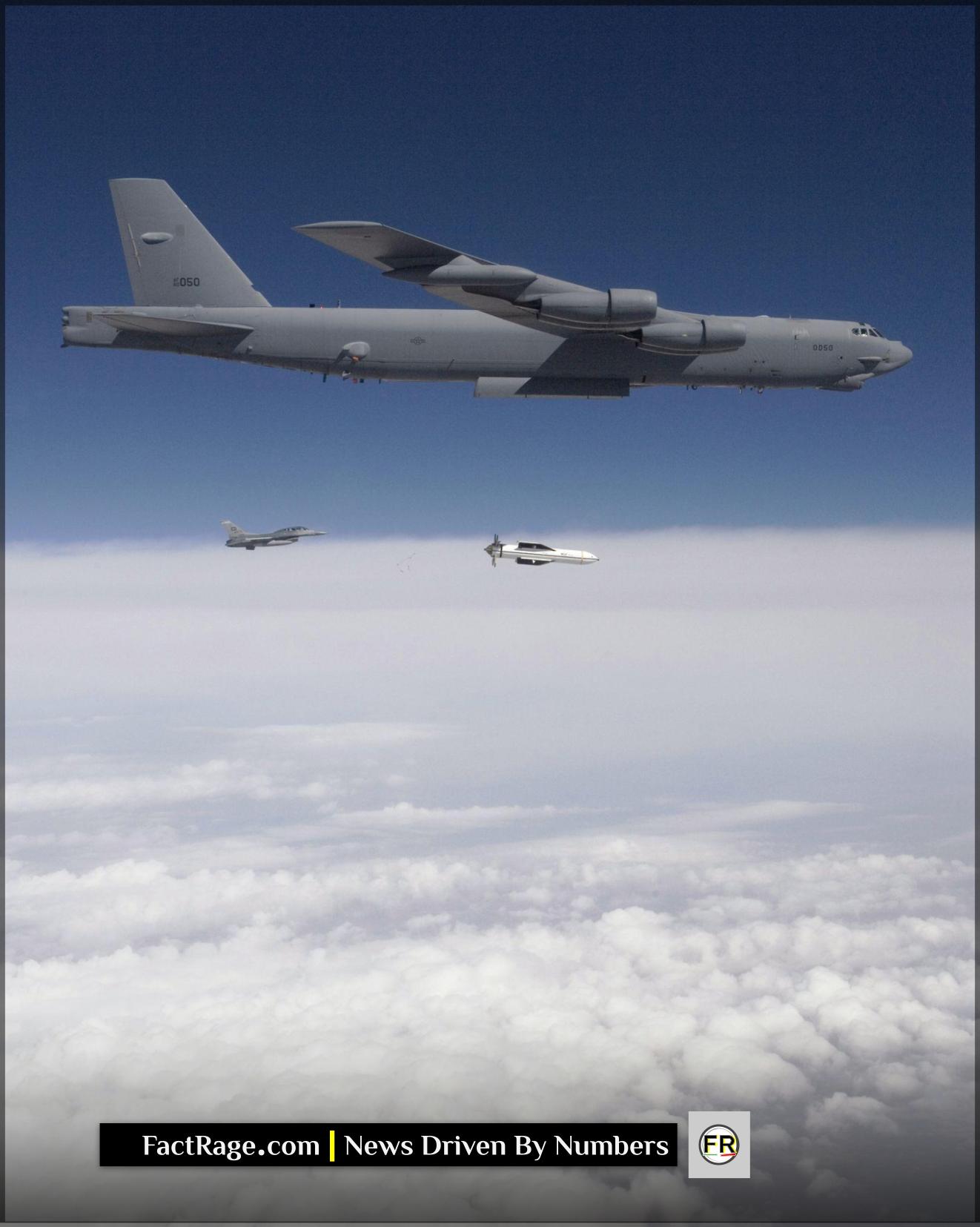
The development of weapons like the GBU-57 and platforms like the B-2 is a direct response to the construction of deeply buried, hardened facilities. The Fordow Fuel Enrichment Plant, located near the city of Qom, is built into a mountain and is estimated to be buried 80 to 90 meters (260-295 feet) below the surface.
This level of fortification is designed to make it impervious to most conventional munitions. The challenge for any military action is not just destroying a building, but accurately striking and neutralizing a target protected by hundreds of feet of natural rock and reinforced concrete. This engineering reality is what drives the specific technological requirements of both the penetrator bomb and its stealthy delivery system.







